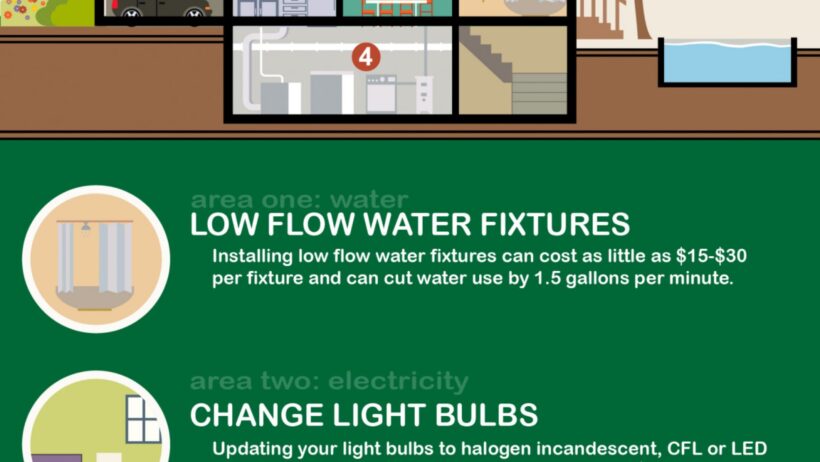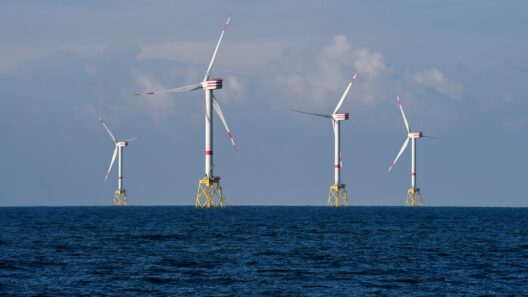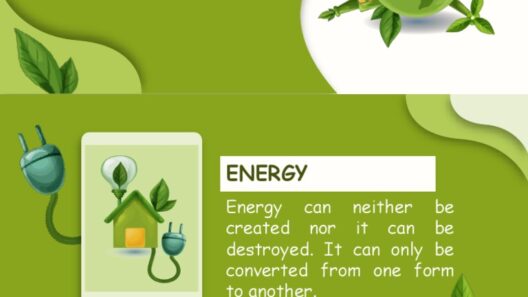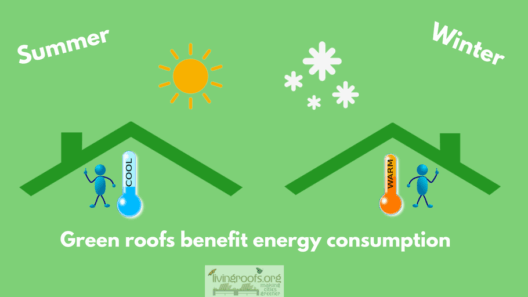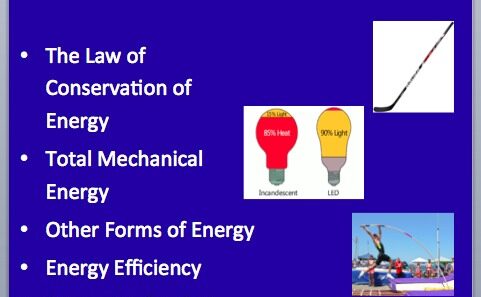The quest for energy conservation is paramount in the contemporary age, particularly as temperatures rise and the climate crisis looms ever larger. Central air conditioning, while often deemed an indispensable luxury, can also be a significant contributor to energy consumption in households. Therefore, reimagining how we utilize these systems offers an opportunity not merely to save on utility bills but to promote environmental sustainability. Efficient cooling techniques present a dual promise of economic efficiency and ecological responsibility.
In the pursuit of efficient cooling, it is essential first to grasp how central air conditioning systems operate. These systems circulate cool air through ducts in your home, drawing from refrigerative principles to remove heat from the indoor air and expel it outside. However, this mechanism can lead to excessive energy use if not managed judiciously. By implementing strategies that promote energy efficiency, homeowners can reap substantial benefits while simultaneously contributing to a reduction in carbon emissions.
A key initial consideration is the maintenance of the central air conditioning unit itself. Regular servicing is not merely a recommendation but a necessity. An air conditioner that is neglected may operate under duress, consuming more energy than required. Replacing filters every one to three months, checking for and sealing duct leaks, and ensuring that the exterior condenser unit is free from debris can collectively enhance its operational efficacy. These measures allow the system to function optimally, reducing the over-exertion that raises energy consumption.
Next, attention must turn to the thermostat. The implementation of a programmable thermostat can yield remarkable savings and promote effective energy usage. By adjusting the temperature according to daily habits—such as raising it when the house is empty or during cooler nighttime hours—homeowners can diminish unnecessary air conditioning while still maintaining comfort. Some modern thermostats even offer Wi-Fi connectivity, enabling users to operate their systems remotely, which fosters greater control and convenience.
Moreover, zoning systems present another innovative tactic in enhancing central cooling efficiency. Zoning entails dividing your home into sections that can be managed independently. This strategy ensures that cooling is precisely directed where it is needed, ensuring that areas not in use do not waste energy cooling unnecessary spaces. A professional installation may be required for this complex adjustment, but the long-term savings and increased comfort make it a worthwhile consideration.
Furthermore, integrating energy-efficient technologies can serve as a game-changer in the quest for sustainable cooling. High-EER (Energy Efficiency Ratio) central air conditioning units demonstrate markedly improved performance compared to their conventional counterparts. By investing in such units equipped with advanced features—like variable-speed compressors and smart technology—homeowners can achieve remarkable reductions in energy use without sacrificing comfort.
Beyond these technological advancements, behavioral adjustments can also significantly influence energy conservation efforts. Simple actions like closing blinds or curtains during peak sunlight hours can mitigate heat gain, allowing your air conditioner to work less arduously. Additionally, using ceiling fans can distribute cool air more effectively, creating a wind-chill effect that might allow thermostat settings to be adjusted upwards without compromising comfort.
Another often-overlooked element in cooling efficiency is the role of insulation. Proper insulation in walls, attics, and basements creates a thermal barrier, preventing cool air from escaping and warm air from infiltrating. Investing in high-quality insulation materials will not only allow cooling systems to operate more effectively but can also enhance overall home comfort year-round. This aspect underscores the interplay between heating and cooling systems; an integrated approach ensures priority is given to energy conservation across seasons.
Regulating humidity levels also merits attention as it plays a crucial role in achieving efficient cooling. An air conditioning system functions best in controlling temperatures alongside humidity. Employing dehumidifiers can assist in maintaining an optimal indoor environment, exacerbating the comfort experienced at higher thermostat settings. By keeping indoor humidity below 60%, users can improve perceived comfort without relying solely on extensive cooling, enabling broader energy savings.
Homeowners may consider the environmental impact of their energy sources, as well. Utilization of renewable energy options, such as solar power, can significantly augment the sustainability of cooling practices. By using solar panels to power your air conditioning unit, the reliance on fossil fuels diminishes, directly contributing to lower greenhouse gas emissions and aligning with a broader commitment to sustainability.
Finally, education and awareness play a pivotal role in mastering energy conservation in the realm of central air conditioning. A comprehensive understanding of one’s energy consumption patterns and the capability to recognize inefficiencies empowers individuals to make informed decisions that can impact climate change. Engaging with local programs fostering energy efficiency initiatives can also prove invaluable, providing access to resources and incentives that may ease the financial burden of upgrades or repairs.
In conclusion, a sophisticated understanding of how to maximize the efficiency of central air conditioning units beckons a transformative journey towards energy conservation. Through regular maintenance, strategic technological investments, behavioral adjustments, and an embrace of renewable energy, homeowners can transition from perception as passive consumers to proactive energy conservers. This shift not only cultivates a cooler and more comfortable home environment but ultimately contributes to a sustainable future for the planet, promising an enduring legacy of climate responsibility.



